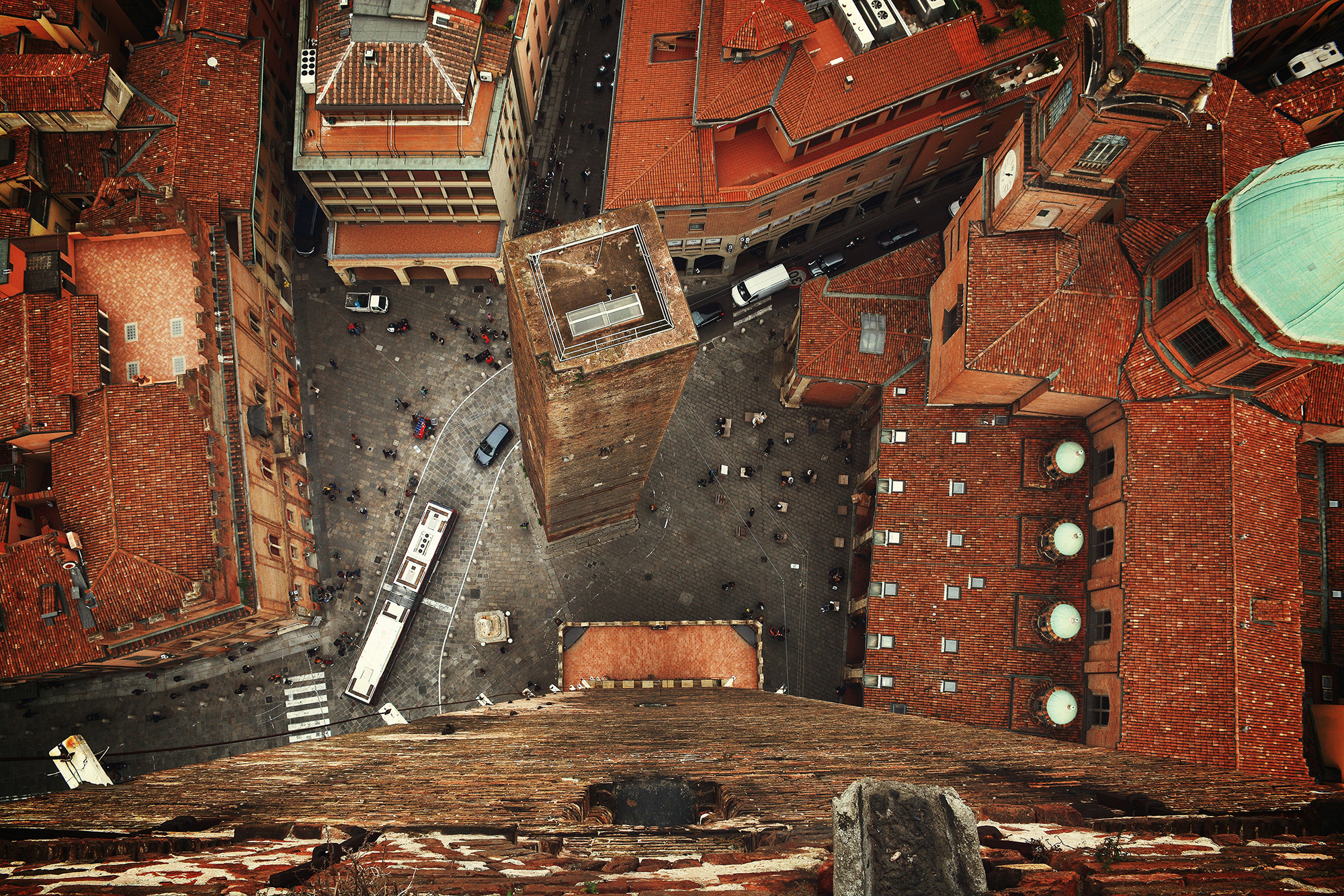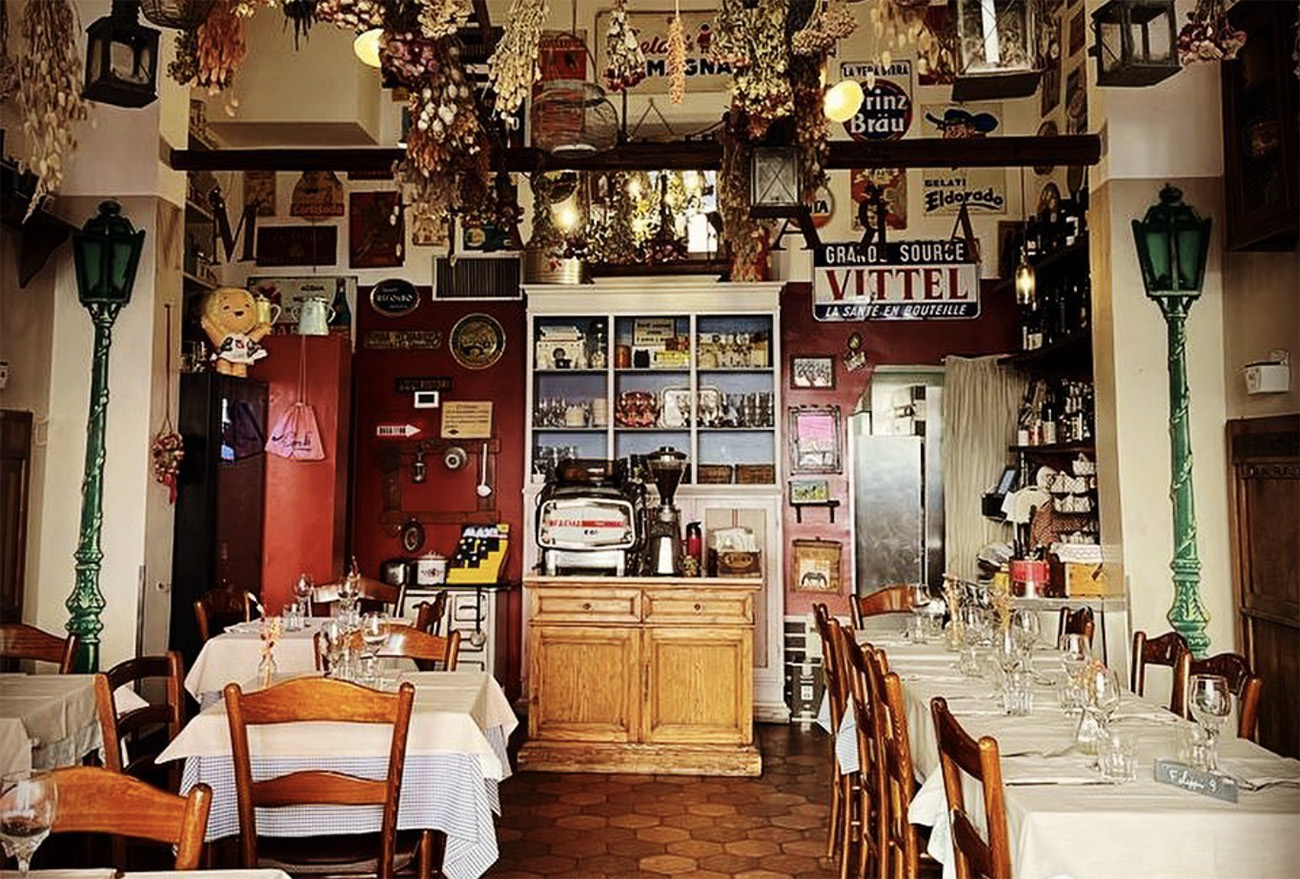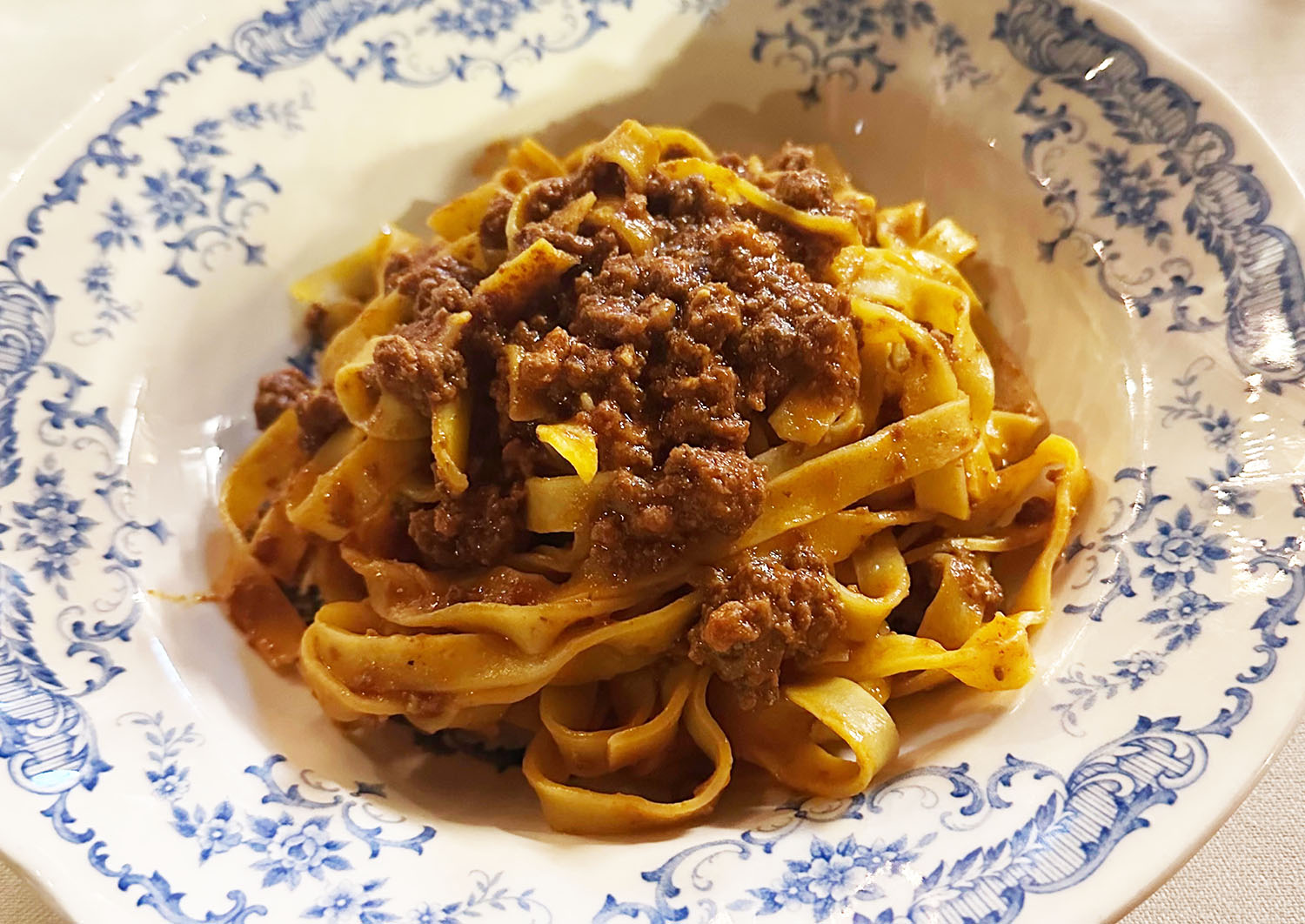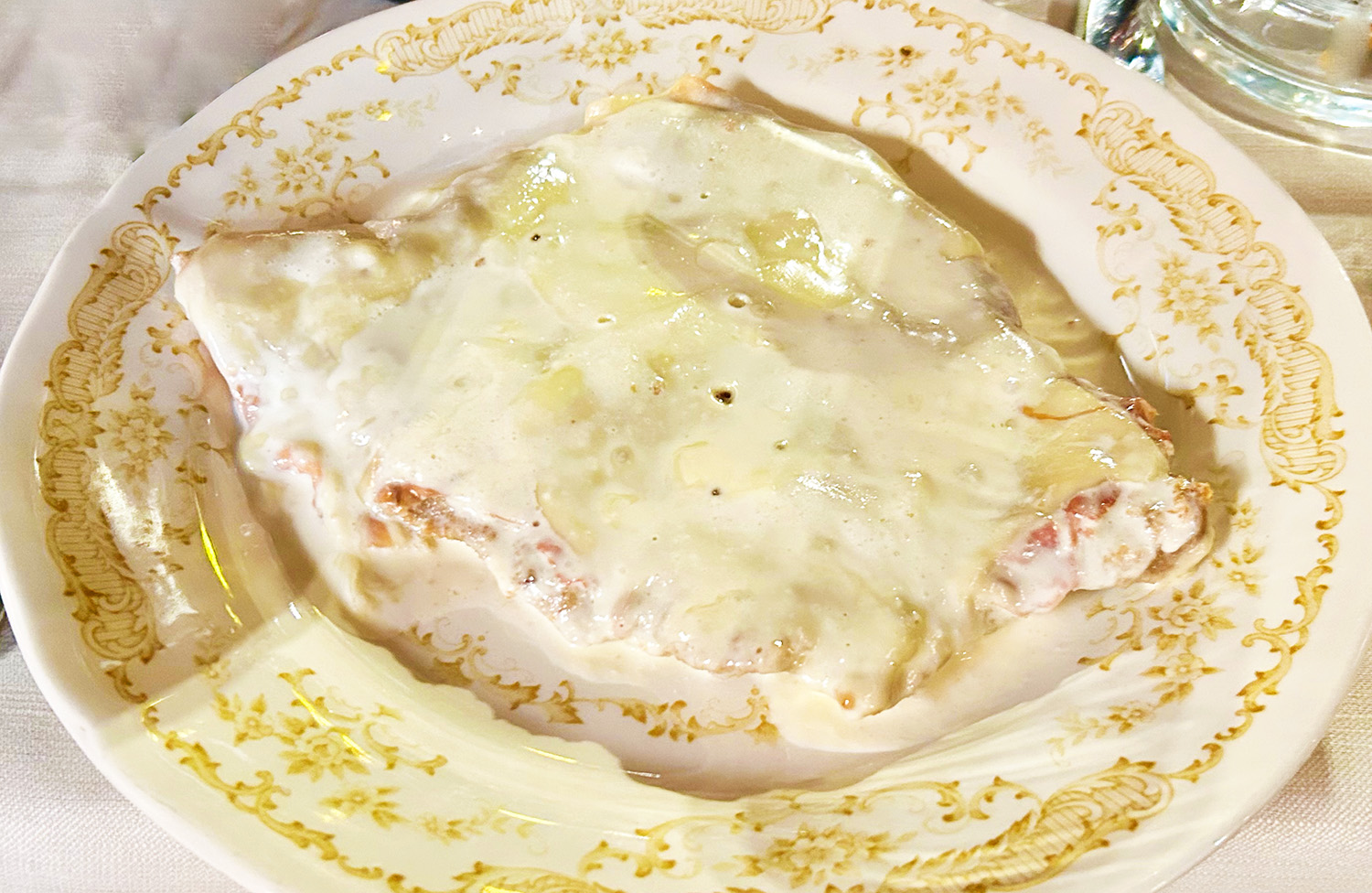Uncorking Italy: Bologna The Stomach of Italy

Embarking from the architectural grandeur of Milan’s train station, our senses still lingering with the echoes of the morning hustle and the scent of freshly brewed coffee, we set forth on our Italian adventure with genuine curiosity.
This journey wasn’t just a journey across Italy; it was a quest to unravel the enigma of Italian drinks, sip on history, and immerse ourselves in the cultural tapestry that has shaped Italy’s beverage scene.
Milan to Bologna: In Pursuit of Liquid Gold
Our train journey to Bologna transitioned from the modern metropolis of Milan to the historic heart of Emilia-Romagna. Bologna, a city where every street corner whispers stories of the past, welcomed us with open arms and full glasses.
This city isn’t just about its famed cuisine; it’s a crucible where centuries of wine-making and brewing traditions meld seamlessly with contemporary flair.
Bologna: A Toast to History
The history of Italian drinks is as rich and varied as the country’s landscapes. Each region brings its unique flavors, from the robust wines of Tuscany to the sparkling Proseccos of Veneto.
Emilia-Romagna, our current backdrop, is no exception. Known for its Lambrusco and Sangiovese, the region offers a palate of flavors that tell tales of ancient vineyards and familial legacies passed down through generations.
The Renaissance of Aperitivo
In Bologna, the tradition of “aperitivo” is more than just a pre-meal drink; it’s a cultural institution. Tracing its roots back to the 18th century, the concept of aperitivo has evolved from a simple drink to an elaborate social affair. Here, amidst the medieval architecture, we discovered the true essence of this tradition.
Bars and cafes, bustling with life, offer various local and international drinks paired with exquisite small plates. It celebrates the day’s end and the night’s promise, a ritual that brings people together in joy and camaraderie.
Trattoria Montanara: A Glimpse into Bologna’s Gastronomic Legacy

Our culinary expedition led us to a chef friend’s place, Trattoria Montanara, a beacon of Bolognese cuisine in the city’s heart. Here, history was served on a plate, accompanied by glasses of Otello Ceci Nerodilambrusco.
With its deep roots in the region’s viticultural history, this local wine was a revelation. Each sip was a journey through time, from the ancient Etruscans to the present day, showcasing the evolution of wine-making in Emilia-Romagna.
As we indulged in Tagliatelle al Ragù and Cotoletta alla bolognese, we were reminded of the rich tapestry of influences shaping Italian cuisine and drinks. These dishes, steeped in tradition yet vibrant with modern nuances, mirrored the city’s culinary heritage—a blend of innovation and reverence for the past.

For you to enjoy, we included both authentic recipes at the end of this article.
The Enigmatic World of Italian Cocktails
Italy’s contribution to the world of cocktails is unparalleled. Italian cocktails are a symphony of flavors from the Negroni, born out of Florence’s café culture, to the Bellini, Venice’s gift to the world.
In Bologna, we ventured beyond wine to explore this fascinating aspect of Italian drinks. Each cocktail we tasted was a testament to Italy’s inventive spirit, a harmonious blend of history, art, and mixology.
Bologna’s Social Club: A Night to Remember
Our journey through Bologna’s gastronomic landscape culminated in an unforgettable night at the social club.
Here, amidst the laughter and lively conversations, we were enveloped in the warmth of Italian hospitality. The club, a microcosm of Bologna’s vibrant nightlife, offered a glimpse into the city’s soul—where tradition and modernity dance harmoniously.
Reflections: A Journey through Taste and Time
As we retreated to the serenity of our hotel, the day’s experiences lingered in our minds. Bologna offered us more than just a taste of its culinary and drink traditions; it opened a window to the soul of Italy.
Through the flavors of its wines, the richness of its cuisine, and the vibrancy of its social gatherings, we journeyed through centuries of history, culture, and innovation.
Our Italian saga was far from over, but Bologna had etched itself indelibly in our hearts.
As we looked forward to the next chapter of our adventure, we carried with us the tastes, sights, and sounds of a city that, like a well-aged wine, had revealed its complexity and depth with each passing moment.
In the heart of Emilia-Romagna, we discovered not just the flavors of Italy but the enduring spirit of a land that thrives on connection, history, and the simple joy of a shared meal.
Our exploration was a tribute to Italy’s legacy as a custodian of gastronomic and drink traditions, a journey that was only beginning.
Read Next: Journey to Imola.
Recipes from Trattoria Montanara
Tagliatelle al Ragù

Ingredients:
- 1 tablespoon olive oil
- 1/2 onion, chopped
- 1 carrot, chopped
- 1 celery stalk, chopped
- 1 pound ground beef
- 1/2 pound ground pork
- 1 cup red wine
- 1 (28-ounce) can crushed tomatoes
- 1 (15-ounce) can tomato sauce
- 1 teaspoon dried oregano
- 1/2 teaspoon ground basil
- 1/2 teaspoon salt
- 1/4 teaspoon black pepper
- 1 pound tagliatelle pasta
- 1/2 cup grated Parmesan cheese
Instructions:
- Heat the olive oil in a large pot over medium heat. Add the onion, carrot, and celery and cook until softened, about 5 minutes.
- Add the ground beef and pork and cook until browned, about 10 minutes.
- Add the red wine and cook until it has evaporated, about 5 minutes.
- Add the crushed tomatoes, tomato sauce, oregano, basil, salt, and pepper. Bring to a simmer and cook for 1 hour, or until the sauce has thickened.
- Meanwhile, cook the tagliatelle pasta according to package directions.
- Drain the pasta and add it to the sauce. Toss to coat.
- Serve immediately with Parmesan cheese on top.
Tips:
- You can also use a slow cooker to make this recipe. Simply combine all of the ingredients in the slow cooker and cook on low for 6-8 hours.
- If you don’t have red wine, you can use beef broth or water instead.
- You can also add other vegetables to the sauce, such as mushrooms, zucchini, or bell peppers.
- For a richer flavor, add a dollop of butter to the sauce before serving.
Cotoletta alla bolognese

Ingredients:
- 1 pound beef tenderloin, sliced into 1/2-inch thick cutlets
- 1/2 cup bread crumbs
- 1 egg, beaten
- 1/4 cup grated Parmesan cheese
- 4 slices prosciutto crudo
- 1/4 cup olive oil
- 1/2 cup beef broth
- 1 tablespoon butter
- 1/4 cup grated Parmesan cheese
- 1/4 cup heavy cream (optional)
Instructions:
- Pound the beef cutlets between two sheets of plastic wrap until they are about 1/4-inch thick.
- In a shallow dish, combine the bread crumbs, egg, and 1/4 cup Parmesan cheese.
- Dredge the cutlets in the breadcrumb mixture, then dip them in the egg mixture, and then coat them in the breadcrumb mixture again.
- Heat the olive oil in a large skillet over medium heat.
- Add the cutlets to the skillet and cook for 2-3 minutes per side, or until golden brown and cooked through.
- Remove the cutlets from the skillet and place them on a paper towel-lined plate to drain.
- Place a slice of prosciutto on top of each cutlet.
- In the same skillet, heat the beef broth and butter over medium heat.
- Add the cutlets to the skillet and cook for 1-2 minutes per side, or until the sauce is heated through.
- Sprinkle with the remaining 1/4 cup Parmesan cheese and the heavy cream (if using).
- Serve immediately.
Tips:
- You can also use veal cutlets instead of beef tenderloin.
- If you don’t have prosciutto crudo, you can use another type of ham, such as Parma ham or Serrano ham.
- You can also add other ingredients to the sauce, such as mushrooms, onions, or bell peppers.
- For a richer flavor, add a dollop of butter to the sauce before serving.
Buon appetito!